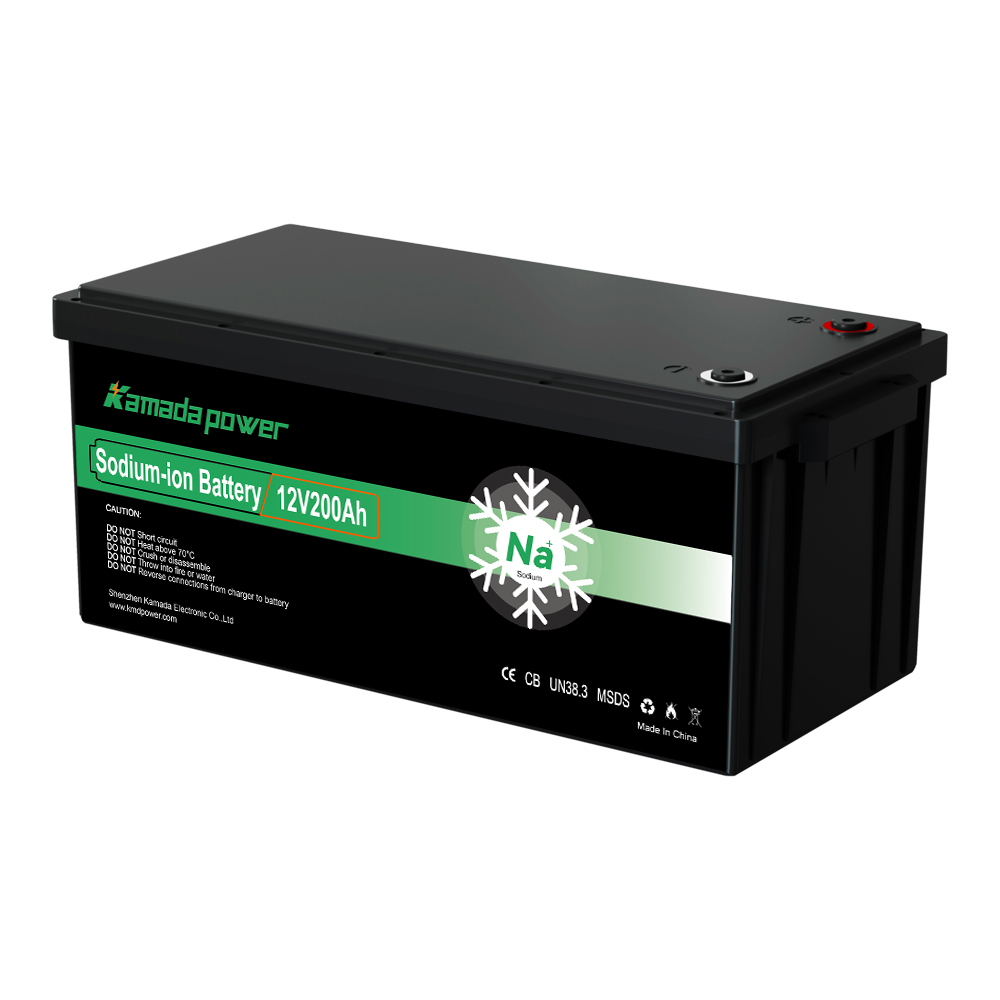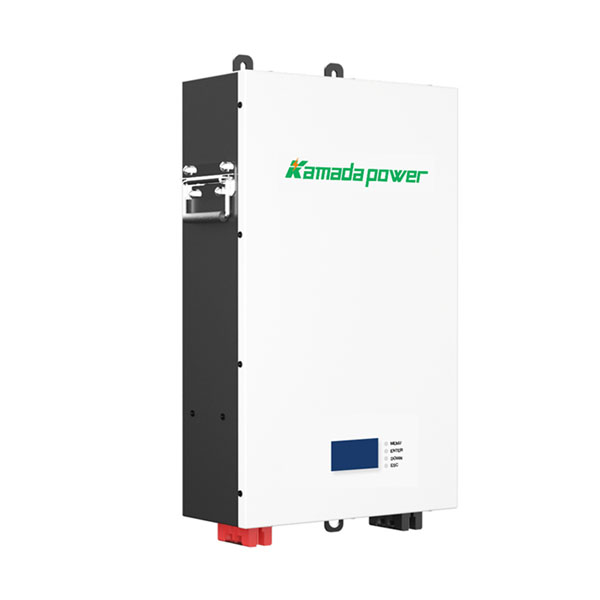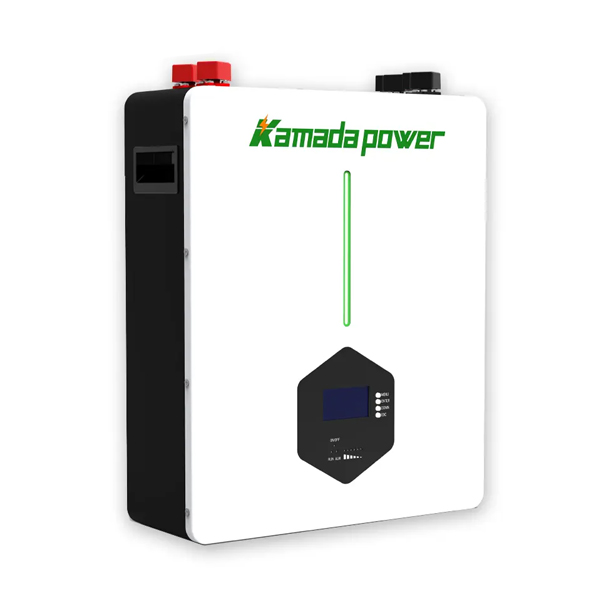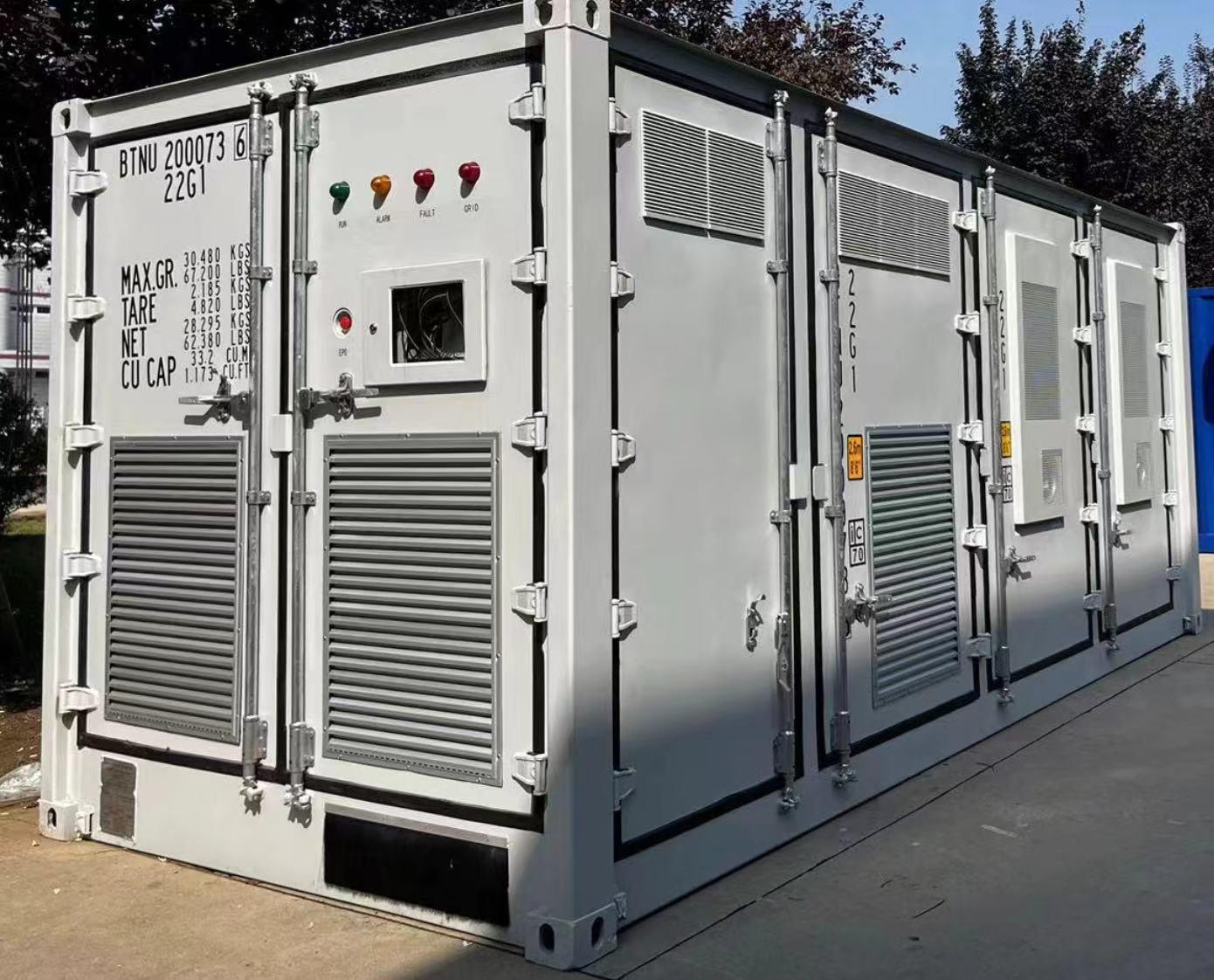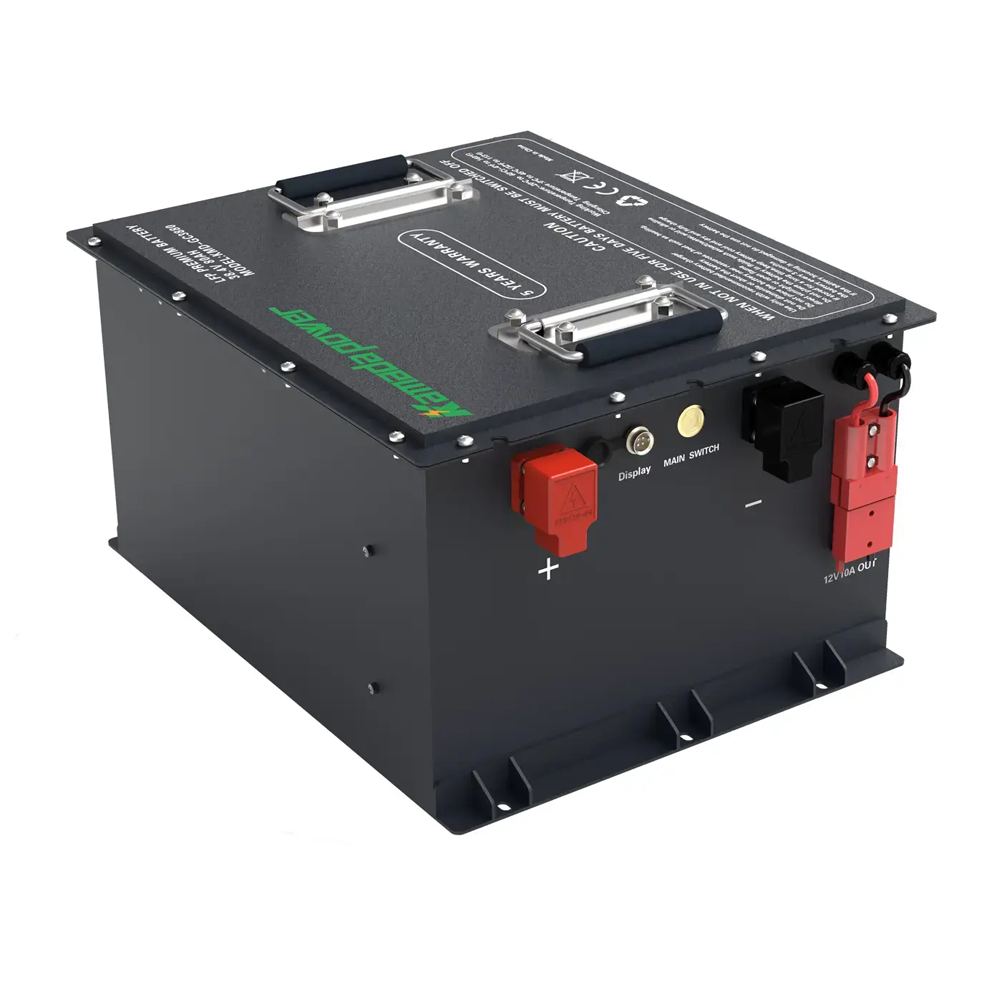バッテリーは、スマートフォンから電気自動車まで、さまざまな最新機器の動力源として基本的な役割を担っている。バッテリーの性能を知る上で欠かせないのが、充電率と放電率を示すC定格です。このガイドでは、バッテリーのC定格とは何か、その意味、計算方法、用途について説明します。
バッテリーのC定格とは?
バッテリーのC定格は、その容量に対する充放電可能な速度の尺度である。バッテリーの容量は一般的に1Cレートで評価されます。例えば、1Cレートでフル充電された10Ah(アンペア時)バッテリーは、10アンペアの電流を1時間供給することができます。同じバッテリーを0.5Cで放電した場合、2時間で5アンペアの電流が供給されます。逆に、2Cの場合、30分間で20アンペアの電流を供給できる。Cレーティングを理解することは、バッテリーの性能を低下させることなく、どれだけ早くエネルギーを供給できるかを評価するのに役立ちます。
バッテリーCレート表
下図は、さまざまなCレートとそれに対応するサービス時間を示しています。理論的な計算では、さまざまなCレートでエネルギー出力が一定に保たれるはずですが、現実のシナリオでは内部エネルギー損失が発生することがよくあります。高いCレートでは、エネルギーの一部が熱として失われ、バッテリーの有効容量が5%以上減少する可能性があります。
バッテリーCレート表
| C評価 | サービス時間(時間) |
|---|---|
| 30C | 2分 |
| 20C | 3分 |
| 10C | 6分 |
| 5C | 12分 |
| 2C | 30分 |
| 1C | 1時間 |
| 0.5C または C / 2 | 2時間 |
| 0.2C または C / 5 | 5時間 |
| 0.1CまたはC/10 | 10時間 |
バッテリーのC定格の計算方法
バッテリーのCレートは、充電または放電にかかる時間によって決まります。Cレートを調整することで、バッテリーの充電時間や放電時間に影響を与えます。時間(t)の計算式は簡単です:
- 時間単位: t = 1 / Cr (時間単位で表示)
- 分単位の時間: t = 60 / Cr (分単位で表示)
計算例:
- 0.5C レートの例: 2300mAhのバッテリーの場合、使用可能な電流は以下のように計算される:
- 容量:2300mAh/1000 = 2.3Ah
- 電流:0.5C x 2.3Ah = 1.15A
- 時間:1 / 0.5C = 2時間
- 1Cレートの例: 同様に、2300mAhのバッテリーの場合:
- 容量:2300mAh/1000 = 2.3Ah
- 電流:1C x 2.3Ah = 2.3A
- 時間:1 / 1C = 1時間
- 2Cレートの例: 同様に、2300mAhのバッテリーの場合:
- 容量:2300mAh/1000 = 2.3Ah
- 電流:2C x 2.3Ah = 4.6A
- 時間:1 / 2C = 0.5時間
- 30C レートの例: 2300mAhのバッテリー:
- 容量:2300mAh/1000 = 2.3Ah
- 電流: 30C x 2.3Ah = 69A
- 時間:60 / 30C = 2分
バッテリーのC定格の調べ方
バッテリーのC定格は通常、ラベルまたはデータシートに記載されています。小型バッテリーは1Cで評価されることが多く、1時間率としても知られています。化学物質や設計の違いにより、C定格は異なります。例えば、リチウム電池は通常、鉛電池やアルカリ電池に比べてより高い放電率をサポートします。C定格がすぐに入手できない場合は、メーカーに相談するか、製品の詳細文書を参照することをお勧めします。
高Cレートを必要とするアプリケーション
高Cレート・バッテリーは、急速なエネルギー供給を必要とするアプリケーションにとって極めて重要である。これには以下が含まれる:
- RCモデル: 高い放電率は、高速加速と操縦性に必要なバーストパワーを提供する。
- ドローン 効率的なエネルギー・バーストが、より長い飛行時間とパフォーマンスの向上を可能にする。
- ロボット工学: 高いCレートは、ロボットの動きや操作に必要なダイナミックなパワーをサポートする。
- 車のジャンプスターター: これらの装置は、エンジンを素早く始動させるために大きなエネルギーを必要とする。
このような用途では、適切なC定格を持つバッテリーを選択することで、信頼性の高い最適な性能を確保することができます。
お客様の用途に適したバッテリーの選定にサポートが必要な場合は、お気軽に下記までお問い合わせください。 鎌田パワー アプリケーション・エンジニア。


